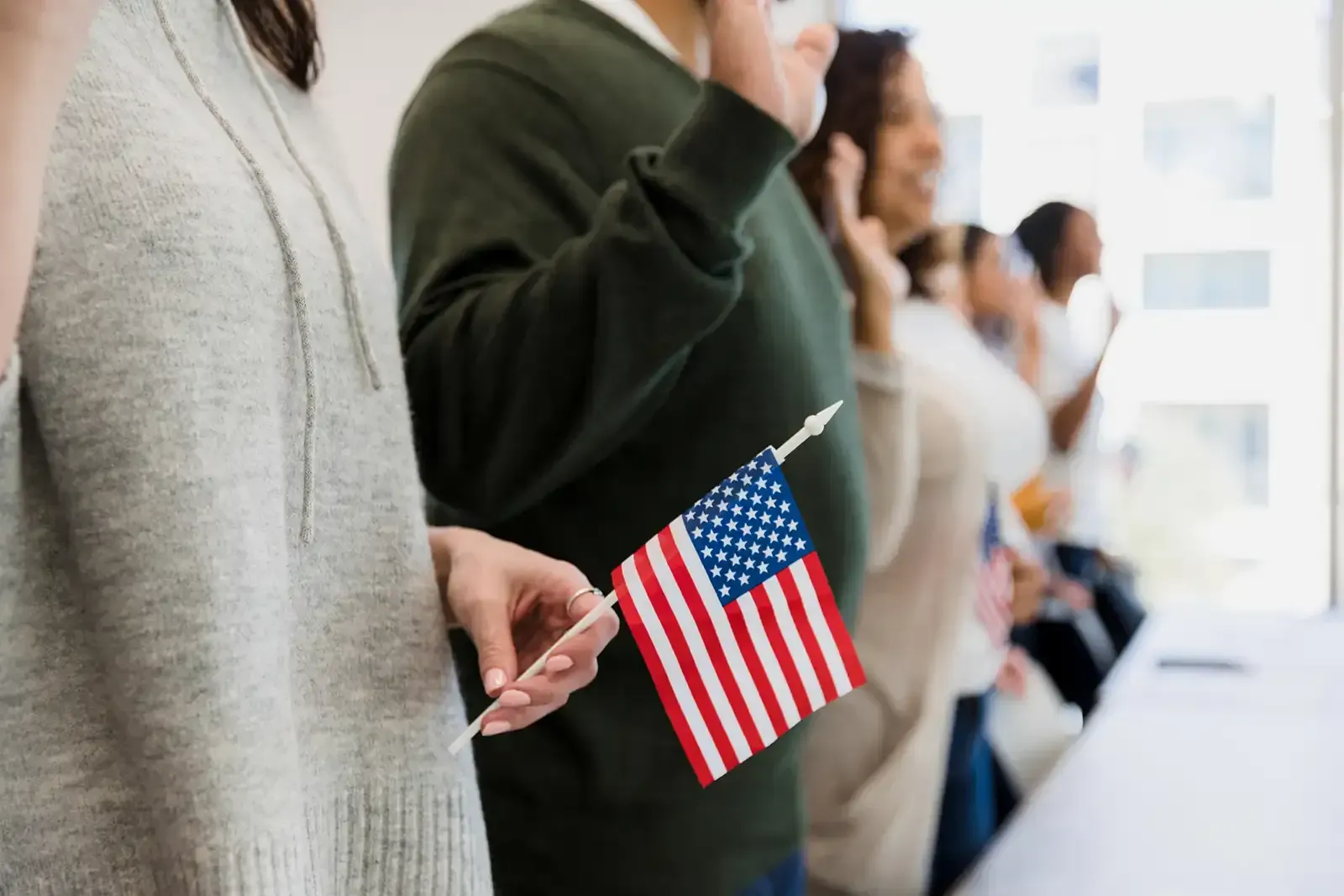K-Visas vs. I-130 Family Petitions: Understanding the Difference
K-Visas vs. I-130 Family Petitions: Understanding the Difference
When it comes to reuniting with a loved one in the U.S., it’s essential to understand your immigration options. Two of the most common paths are K-Visas and I-130 Family Petitions. Though both help bring family members to the U.S., they serve different purposes, and the processes and timelines are unique. Let’s break it down in simple terms.
What Are K-Visas and I-130 Family Petitions?
K-Visas: These are temporary visas meant for U.S. citizens who want to bring their fiancé(e) (K-1 Visa) or spouse (K-3 Visa) to the U.S. while they wait to adjust their status or finalize their immigration paperwork.
I-130 Family Petitions: This is a petition filed by a U.S. citizen or lawful permanent resident (green card holder) to prove they have a qualifying relationship with a foreign relative, such as a spouse, child, or sibling. It’s the first step in helping that relative get a green card and move to the U.S. permanently.
Now let’s dig into each option, starting with eligibility.
Eligibility for K-Visas and I-130 Family Petitions
K-Visas:
K-1 Visa (for fiancé(e)s):
- You must be a U.S. citizen.
- You and your fiancé(e) must be legally free to marry and plan to marry within 90 days of the fiancé(e) arriving in the U.S.
- You must have met your fiancé(e) in person at least once in the last two years (unless exceptions apply for religious or cultural reasons).
K-3 Visa (for spouses):
- You must be a U.S. citizen.
- You must already be married to the foreign spouse and have filed an I-130 petition for them.
- This visa allows your spouse to enter the U.S. and wait for their green card application to be processed.
I-130 Family Petition:
U.S. citizens can file for:
- Spouses
- Children (under 21 and unmarried)
- Parents
- Siblings (but this takes much longer)
Green card holders can file for:
- Spouses
- Unmarried children (under or over 21)
Process for K-Visas and I-130 Family Petitions
K-1 Visa Process:
1. The U.S. citizen files Form I-129F, the Petition for Alien Fiancé(e), with U.S. Citizenship and Immigration Services (USCIS).
2. After USCIS approves the petition, the case is sent to the U.S. embassy or consulate in the fiancé(e)’s home country for an interview.
3. Once the K-1 Visa is issued, the foreign fiancé(e) can enter the U.S., but they must marry the U.S. citizen within 90 days.
4. After marriage, the foreign spouse applies for a green card through the adjustment of status process (Form I-485).
K-3 Visa Process:
1. The U.S. citizen first files Form I-130 for their spouse to prove the marriage is valid.
2. To speed up the process, the U.S. citizen can also file Form I-129F for a K-3 Visa.
3. After approval, the foreign spouse attends an interview at the U.S. embassy and, if approved, enters the U.S. while their green card application is processed.
I-130 Petition Process:
1. The U.S. citizen or green card holder files Form I-130 to establish their relationship with the relative (spouse, child, sibling, etc.).
2. Once USCIS approves the petition, the case goes to the National Visa Center (NVC) for further processing.
3. If the relative is outside the U.S., they will need to attend an interview at a U.S. embassy or consulate before getting an immigrant visa.
4. If the relative is already in the U.S., they may apply to adjust their status to permanent resident using Form I-485.
Timeline for K-Visas and I-130 Family Petitions
K-1 Visa Timeline:
The process typically takes around 6 to 12 months from the initial I-129F petition to the visa being approved, but processing times can vary depending on the U.S. embassy or consulate’s workload.
K-3 Visa Timeline:
The K-3 Visa can take around 7 to 13 months. However, in many cases, the I-130 petition might be approved before the K-3 Visa is processed, meaning the spouse could get a green card faster than expected.
I-130 Petition Timeline:
Processing times for the I-130 vary based on the type of relationship:
- Spouses of U.S. citizens: Typically takes 10 to 16 months for approval.
- Spouses and children of green card holders: Can take anywhere from 1 to 3 years, depending on demand and the processing center.
- Siblings of U.S. citizens: This is the longest wait, often taking 10 years or more due to the high demand and limited visa availability.
K-Visa vs. I-130 Petition: Which Is Right for You?
Here’s a quick comparison to help you decide:
K-1 Visa: Ideal for engaged couples where the U.S. citizen wants their fiancé(e) to come to the U.S. quickly and get married within 90 days. After marriage, the foreign spouse can apply for a green card.
K-3 Visa: Great for married couples who want to speed up the process of reuniting in the U.S. while waiting for the spouse’s green card to be processed.
I-130 Petition: The best option for family members (spouses, children, siblings, etc.) who are looking for permanent residency (a green card). This option takes longer, but it directly leads to permanent residency.
Conclusion
Both the K-Visa and I-130 Petition are pathways to reuniting with loved ones in the U.S., but they serve different purposes depending on your relationship status and whether you want a temporary visa or permanent residency. The K-1 and K-3 Visas provide quicker ways for fiancé(e)s and spouses to come to the U.S., while the I-130 Petition is essential for obtaining green cards for spouses and other family members.
Choosing the right option depends on your timeline and long-term goals, but knowing the differences can make the process less stressful and help you reunite with your loved one more smoothly.
Wheeler Law is available to answer any other questions you may have, and/or help you take the next steps to your, or your loved ones, future. At Wheeler Law, we find creative solutions to break down the barriers holding you, or a loved one, back from obtaining legal status in the United States. Call us now to schedule a consultation: (602) 586-5625.
Follow us on
social media for more immigration tips.







